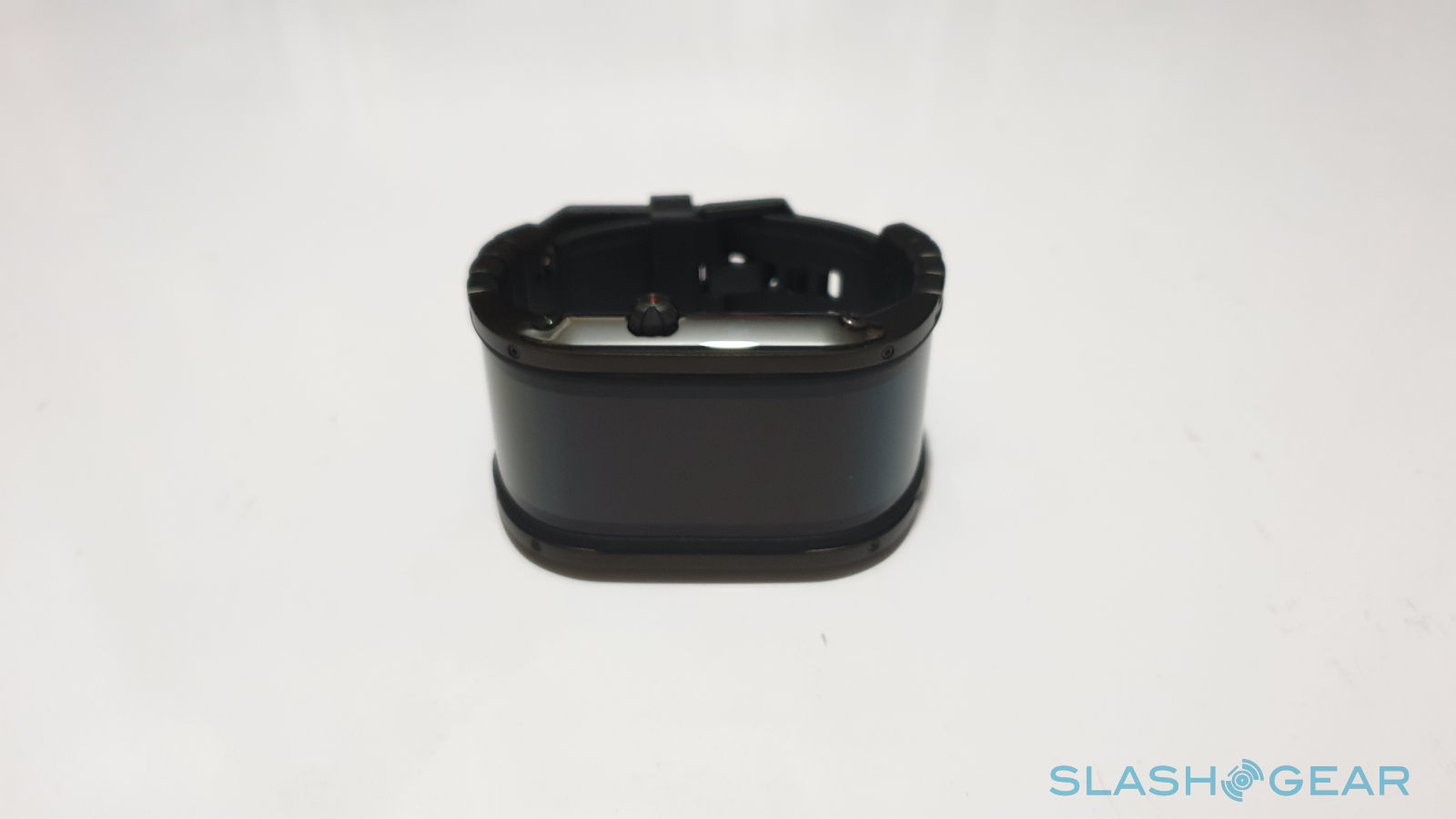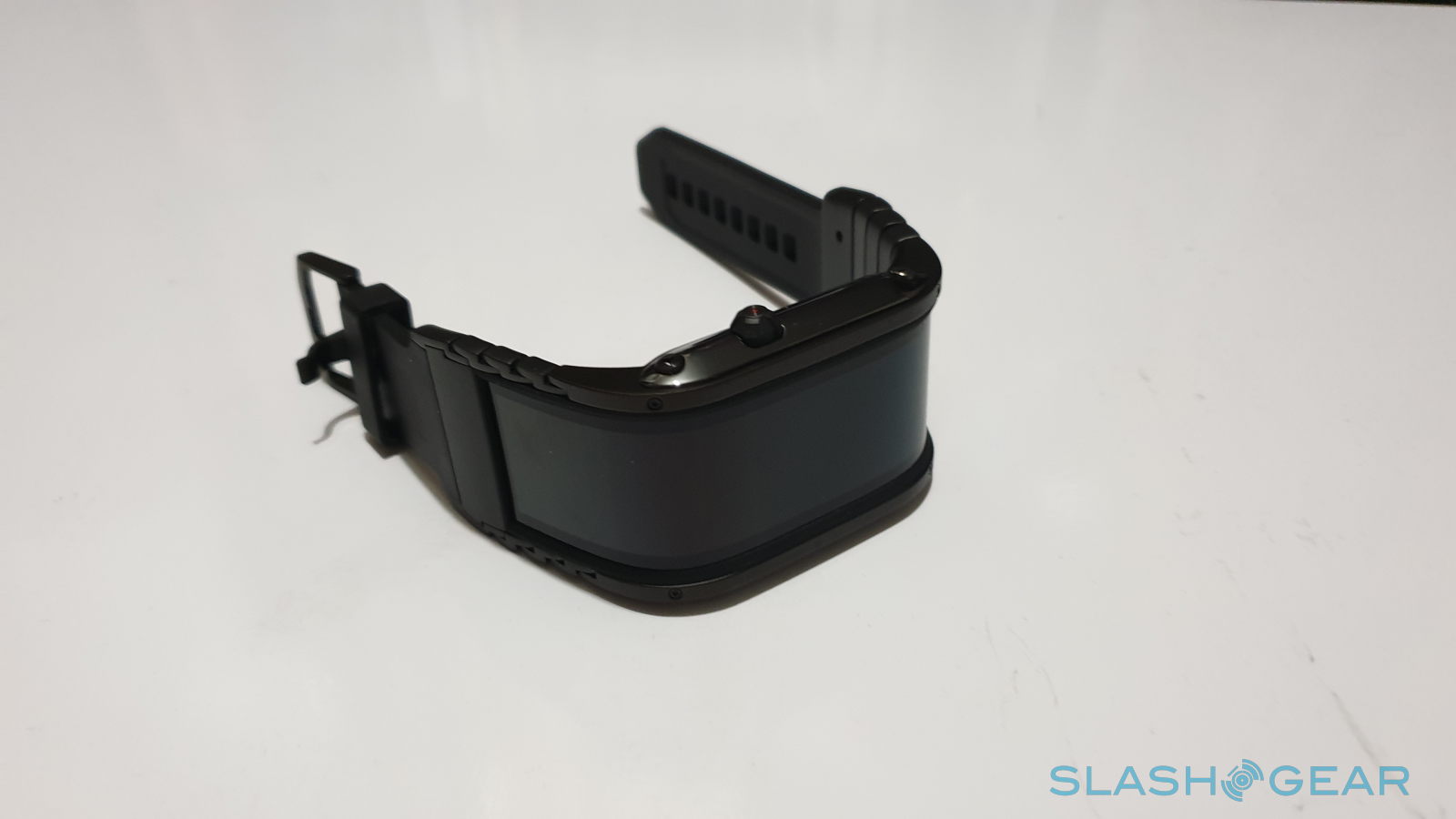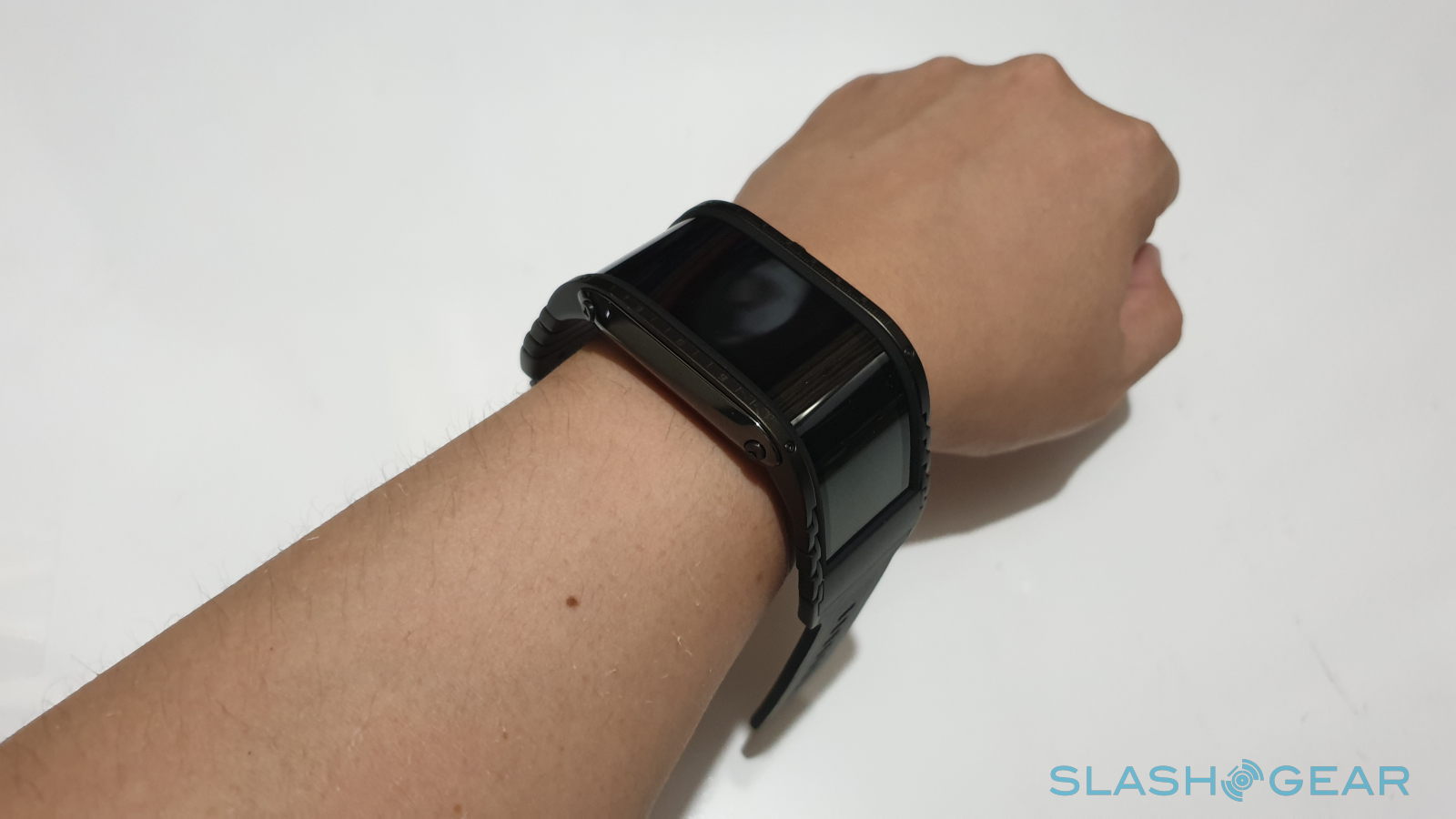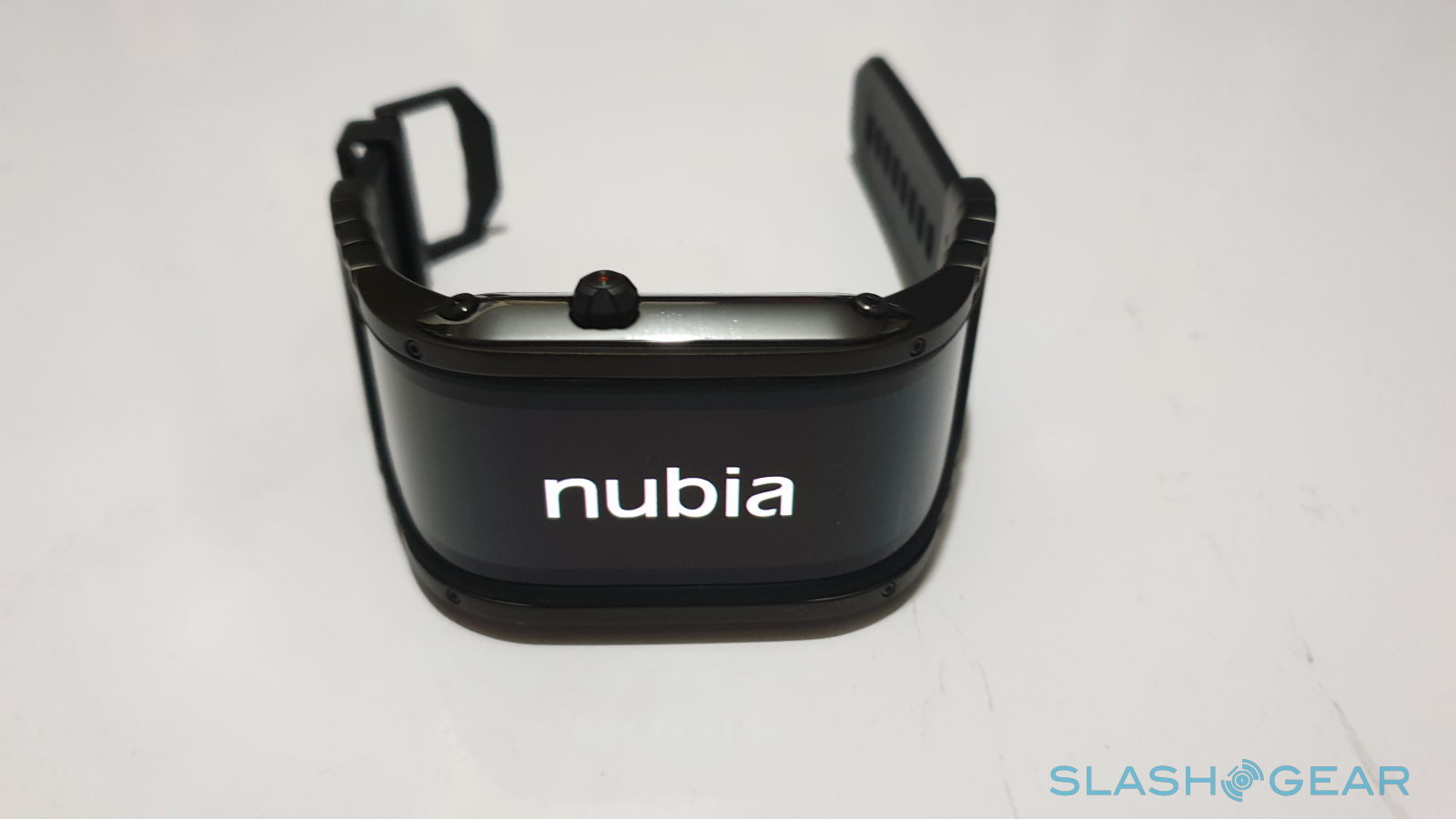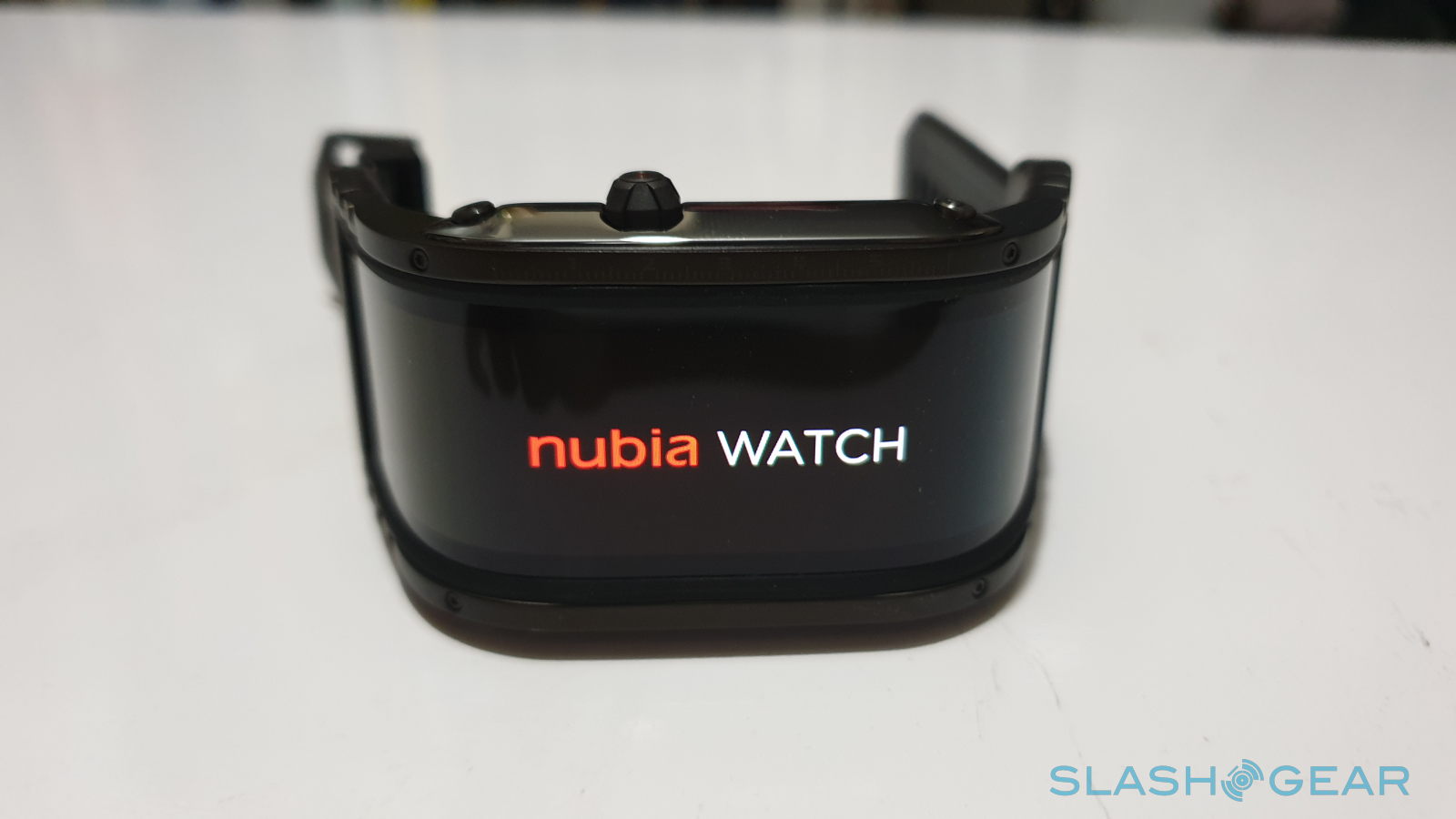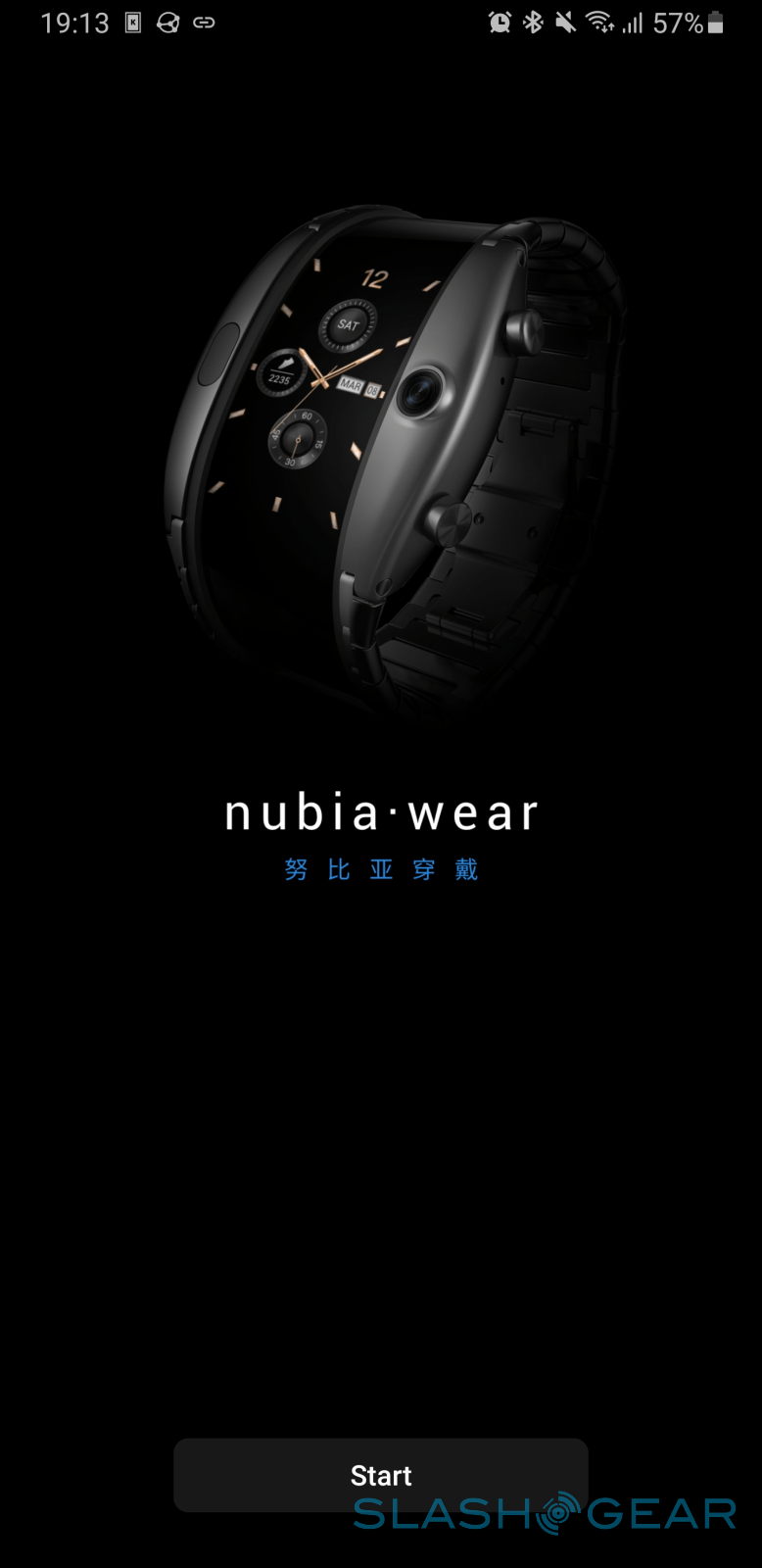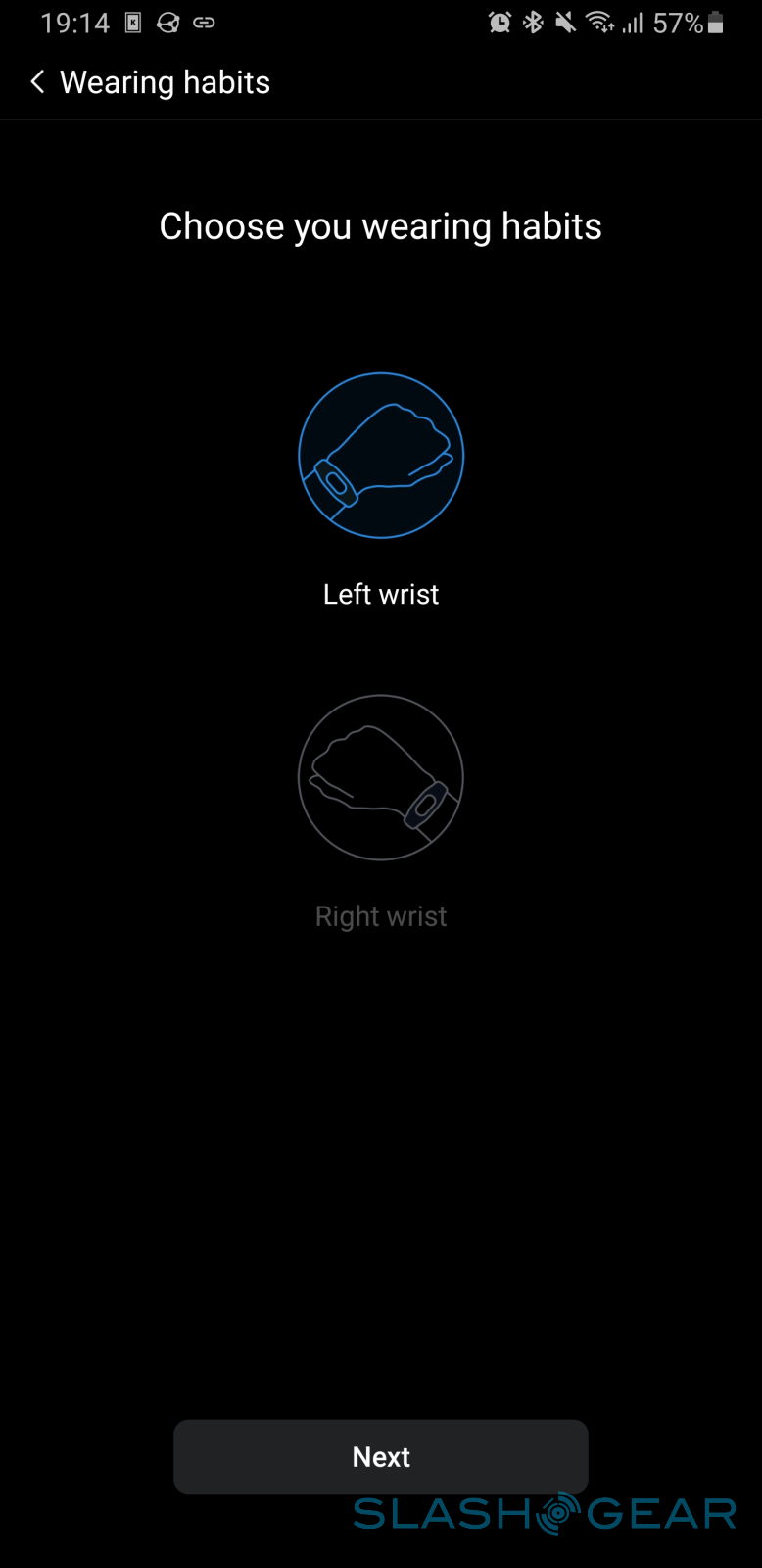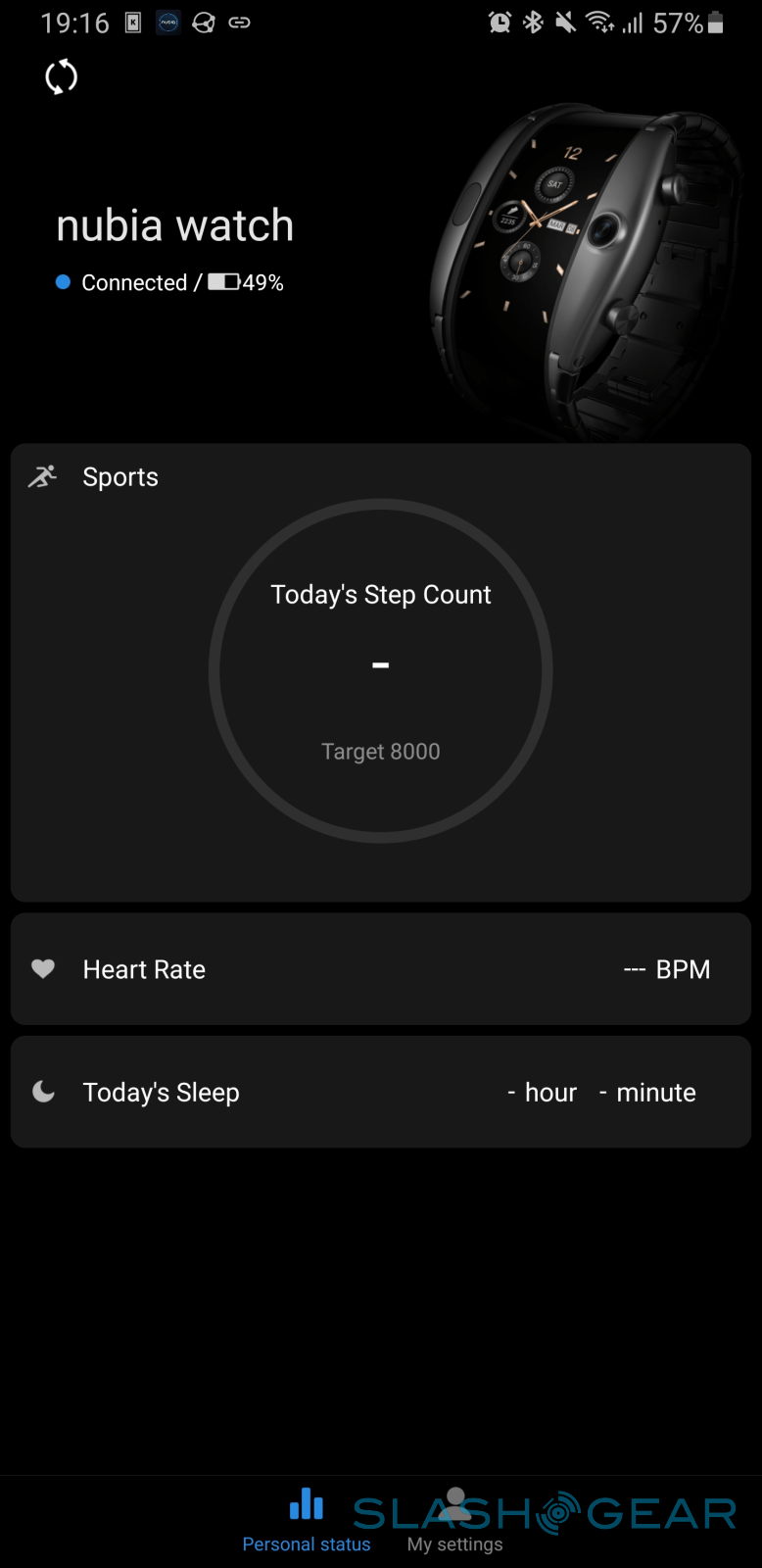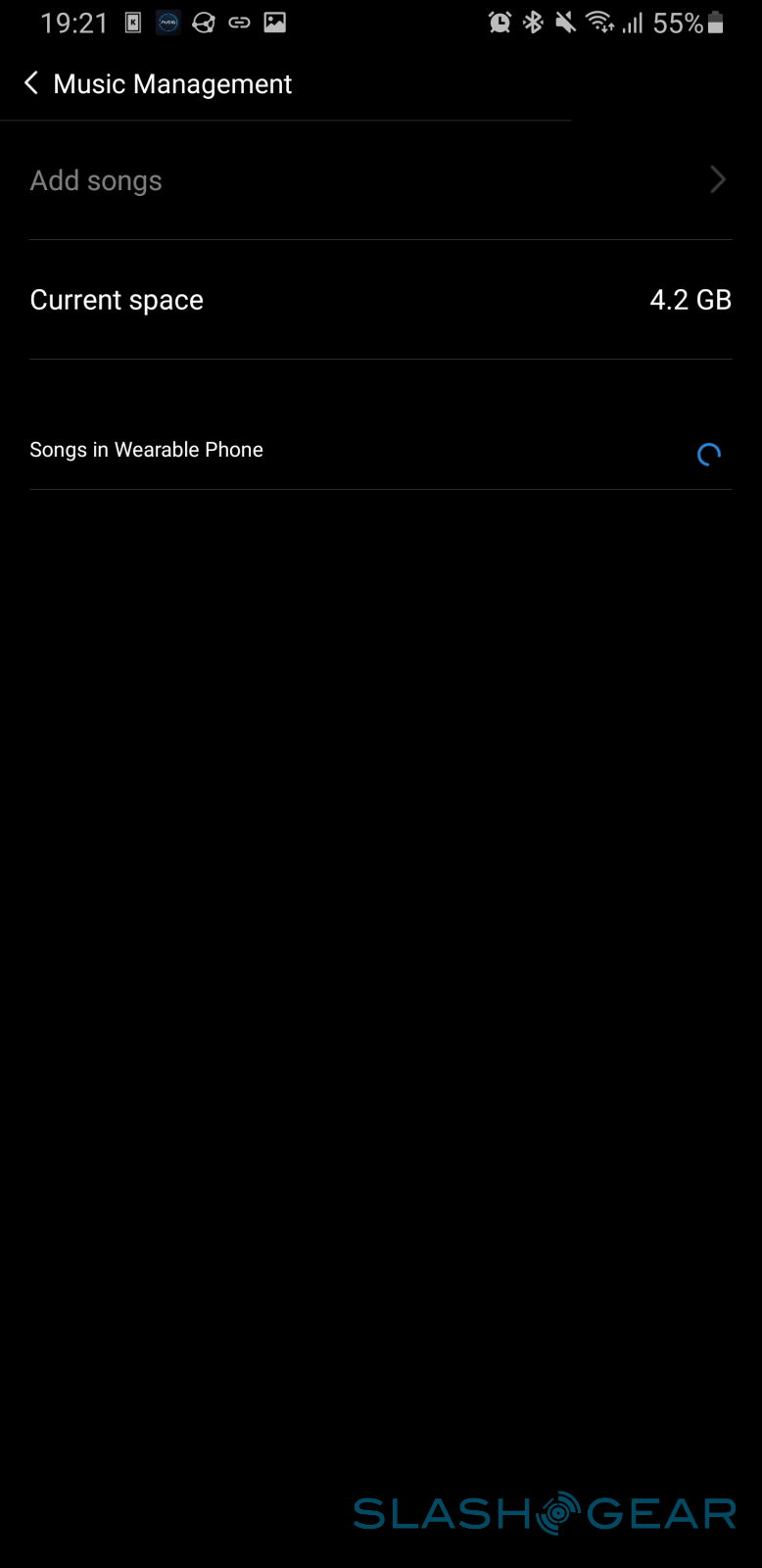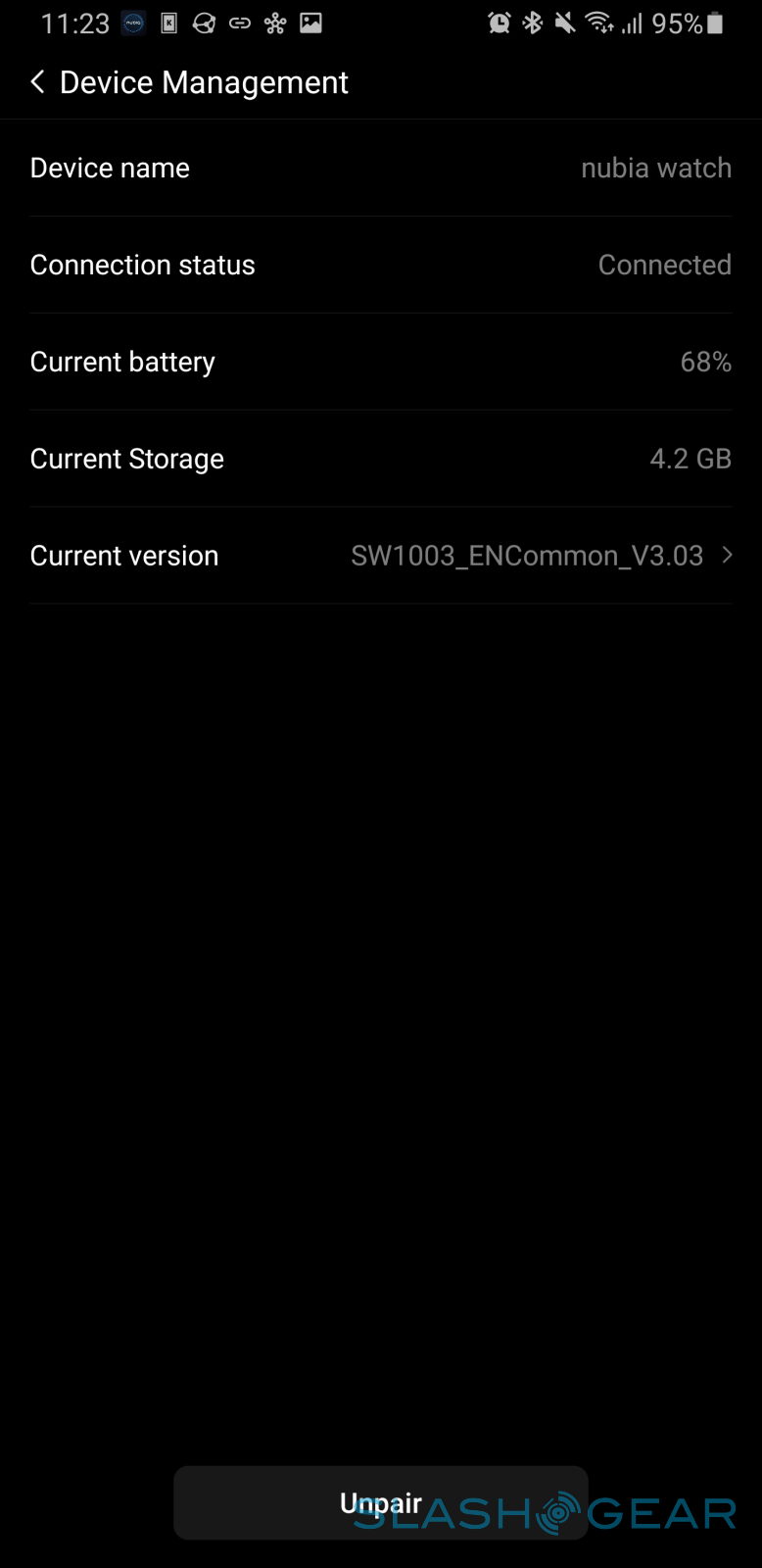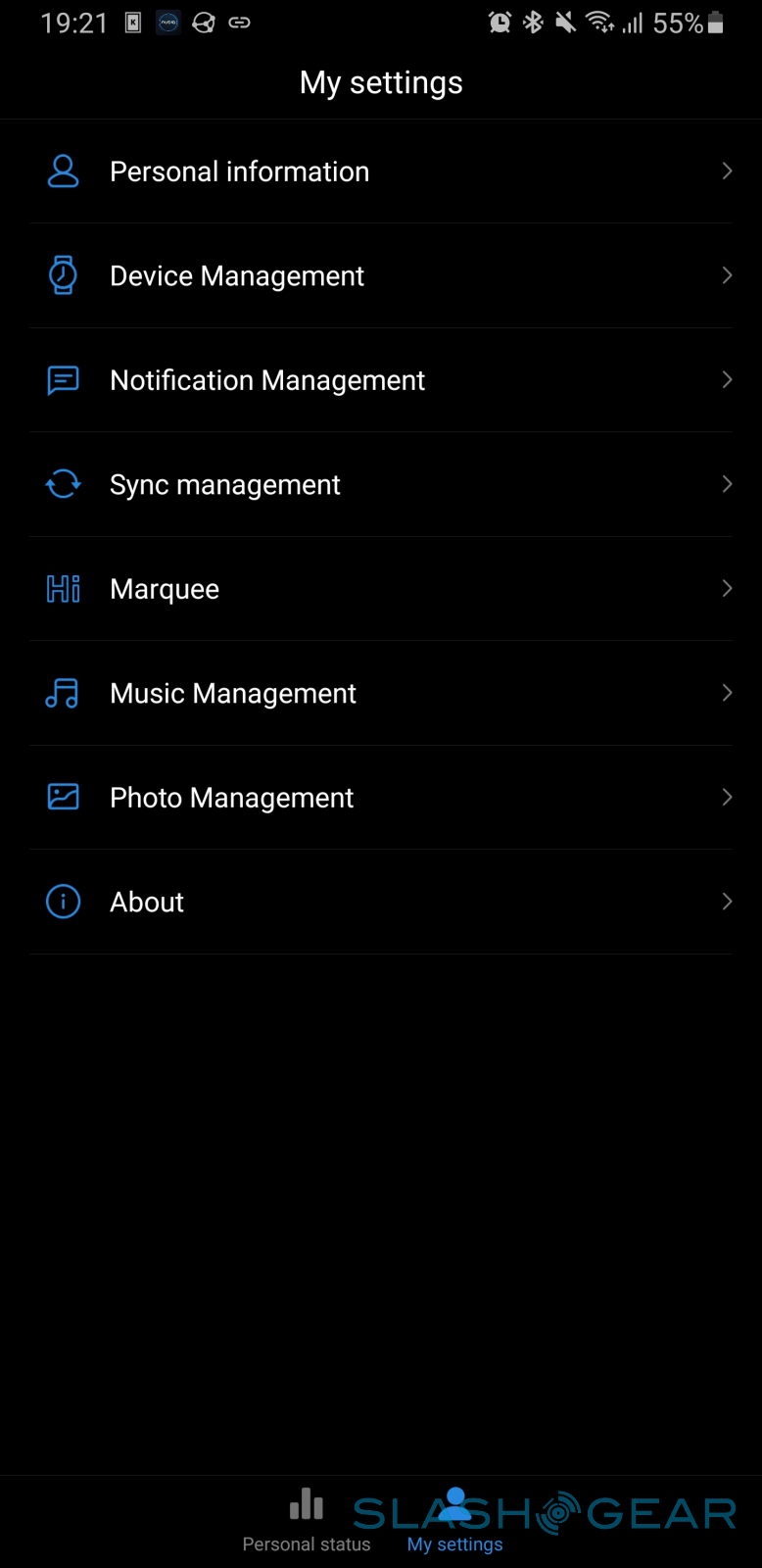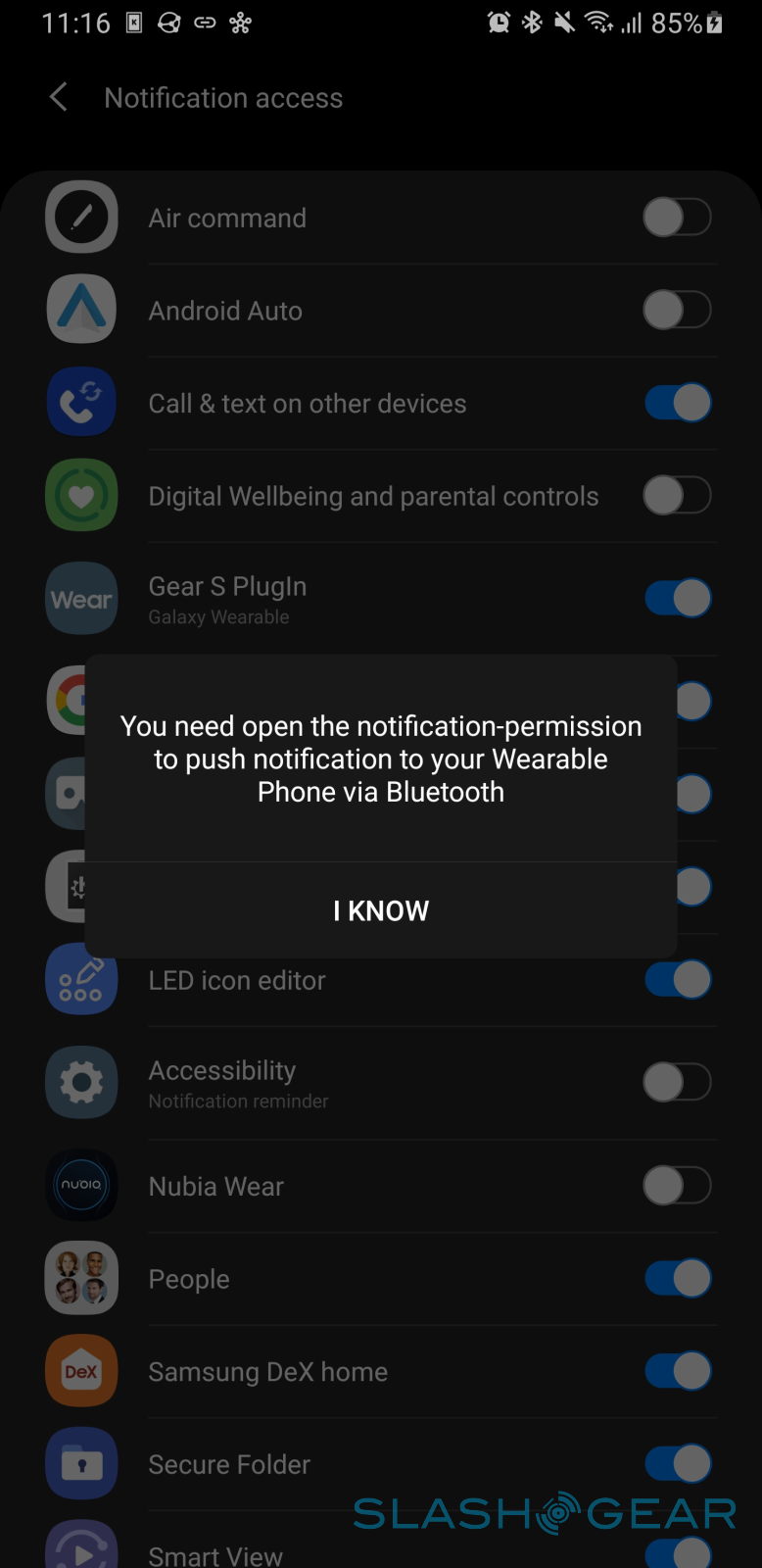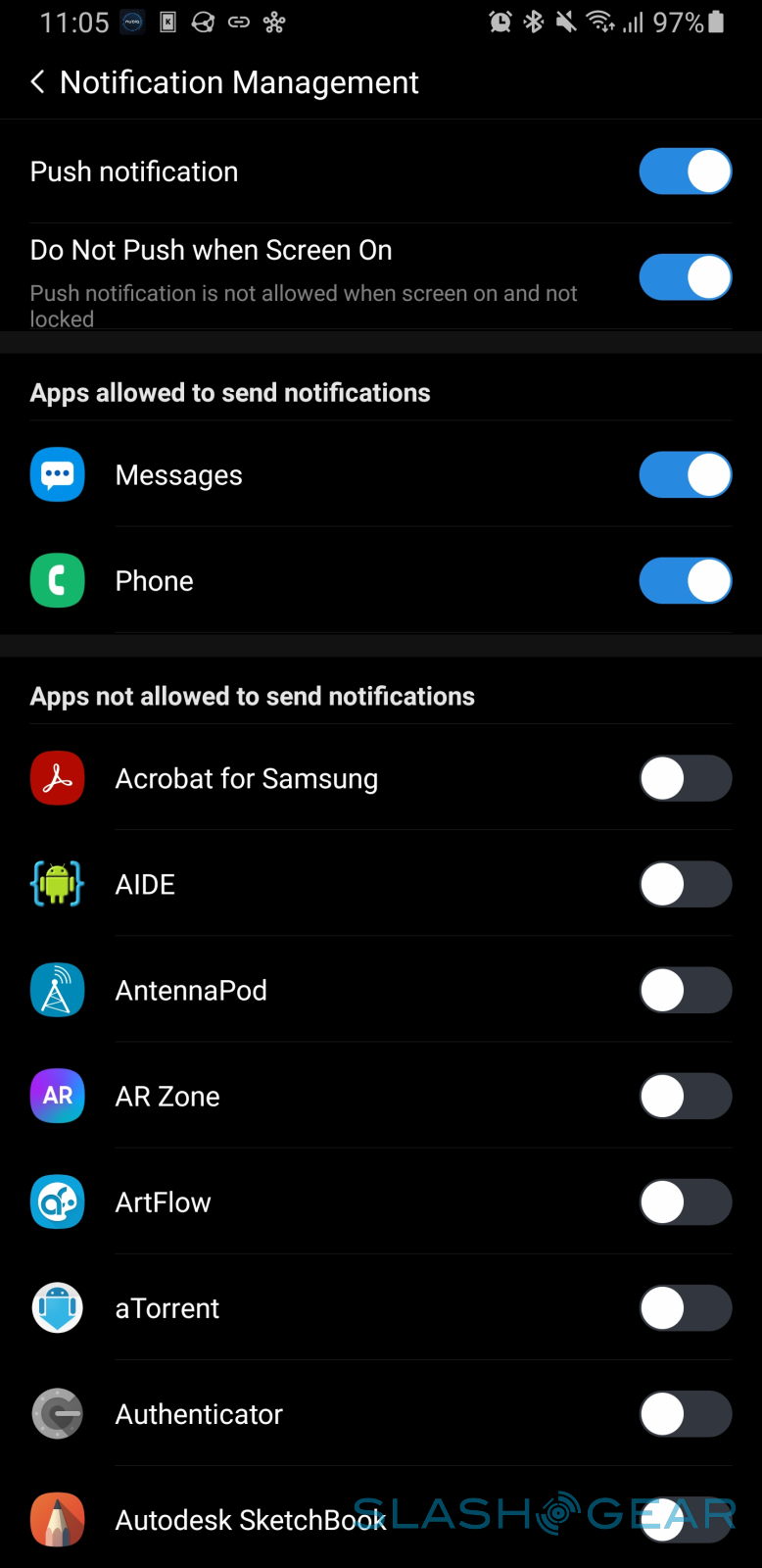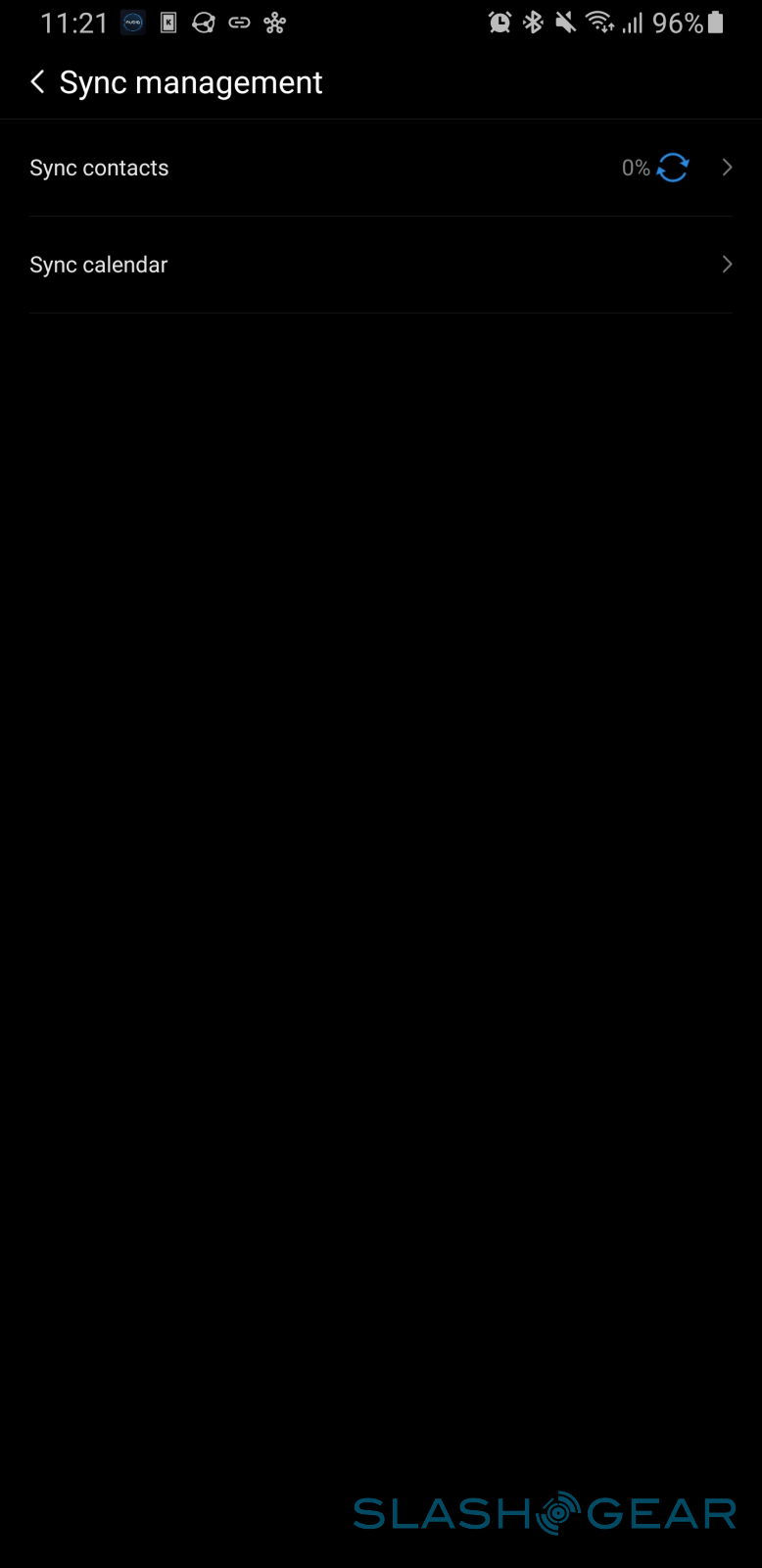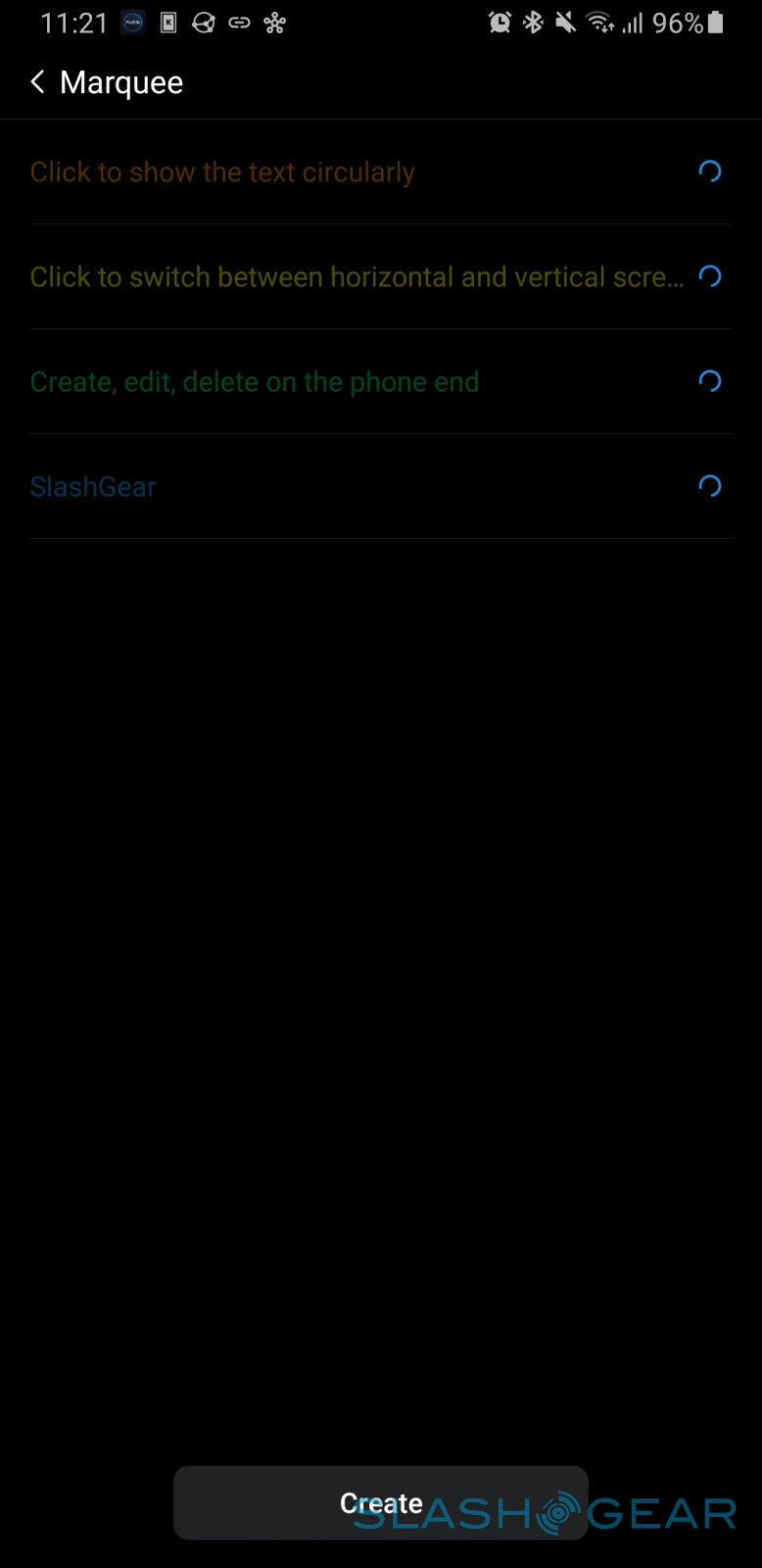Nubia Watch Early Review: Future Potential
- Beautiful flexible display
- Decent but slightly dated specs
- Comfortable wear
- Room for growth
- Unfinished or non-working features
- Lack of apps
Aside from cramming more sophisticated health-related sensors inside, smartwatches have pretty much remained the same in the last two or so years. Given the popularity and sales numbers that the Apple Watch enjoys because of that, it's not surprising that few want to stray from that well-trodden path. That's why when someone like Nubia dares to present something new, it definitely turns heads. But is the tall and semi-flexible screen of the Nubia Watch enough to make the leap of faith on Kickstarter? We get to wrap one around our wrist to bring you that answer.
The Big Disclaimer
First thing's first: this isn't Nubia's first "flexible" smartwatch and neither is this Nubia Watch completely new. The first distinction belongs to the Nubia Alpha, which was more of a smartphone wrapped around your wrist. The Nubia Watch is a more proper smartwatch in that regard and it was actually already launched in China. What Nubia is offering now on Kickstarter, instead, is an international version of this novel wearable.
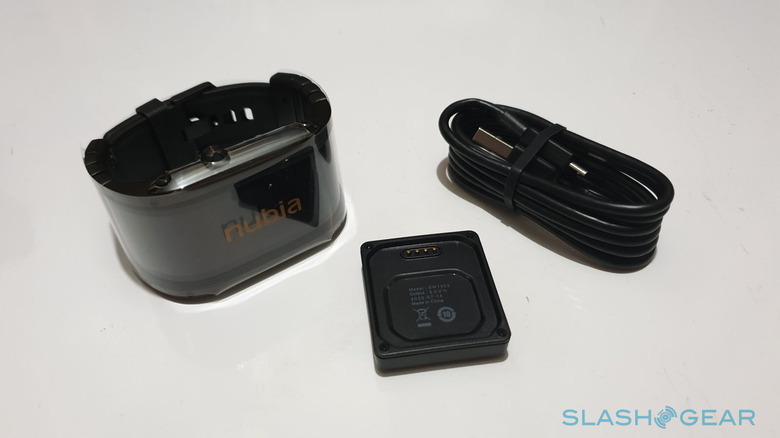
In short, the review unit that, in full disclosure, was sent by Nubia ahead of the actual launch is only a finished product in terms of the hardware and the design. The software, or rather the international version of the Nubia Watch software, is still a work in progress, as we'll see later on. Features will be added, I was told, which is why this is titled an early review. Now on with the show!
Hardware
In terms of core specs, at least the ones you don't see, the Nubia Watch sounds pretty ordinary. It is powered by a Qualcomm Snapdragon Wear 2100, which is pretty old. For better or for worse, however, that is actually what the majority of Android Wear smartwatches are using, so it isn't exactly exceptionally bad in that case. It also has 1GB of RAM, which is quite generous, and an advertised 8GB of storage. That said, only 4GB of that storage is actually available for use out of the box.
The Nubia Watch does have your usual set of sensors for activity tracking but also boasts of a heart rate monitor and automatic sleep tracking. This actually makes it an excellent workout companion except for two factors. It's only IP54 rated and, even then, you'll probably want to avoid accidents that will surely damage that flexible screen.
All in all, the Nubia Watch's performance was pretty solid and its UI was smooth and fluid. Where it slightly fell short, however, is in the battery department. With a 425mAh battery, Nubia's 7-day battery life figure sounded almost too good to be true, and it was. We only got around 36 hours, and that was at 50% brightness, GPS and Wi-Fi turned off, and minimal notifications. You can probably stretch it out to 7 days if and only if you run in power-saving mode and only that. In that case, however, you might as well get a digital but non-smart watch.
Design
The Nubia Watch's specs are pretty normal but those wouldn't really be the reason you'll be interested in this wearable anyway. Its main selling point is, of course, the 4.01-inch flexible screen that almost wraps around your wrist and in that it sort of delivers. If you really want people to notice, you'll have to settle for having the display almost always on all the time. Otherwise, it looks almost like an oversized fitness tracker.
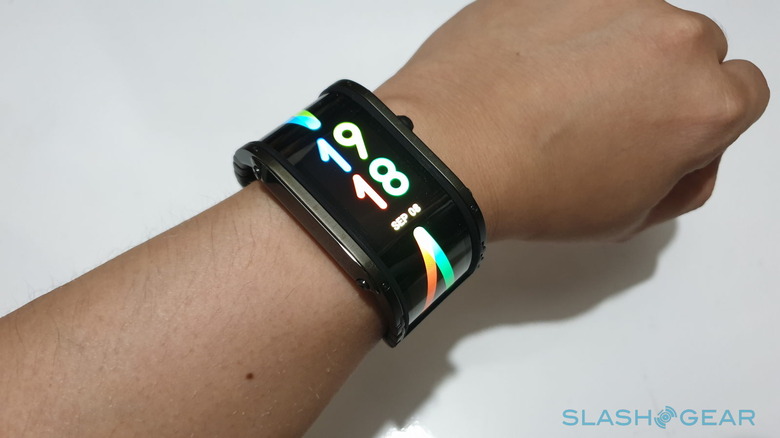
The Nubia Watch is more on the large side and does have a bit of heft, but not enough to be uncomfortably heavy or give you arm fatigue unless you always your watch arm up. It starts to feel more natural, almost undetectable, after a while, which is probably a bit risky since you could inadvertently bump it against some surface.
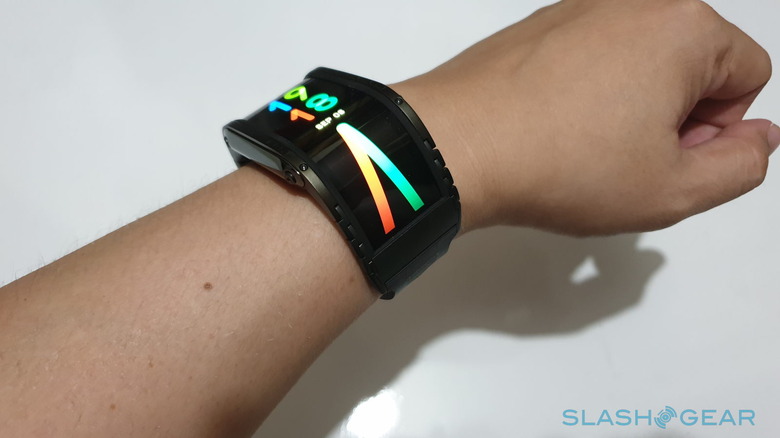
The straps are your typical silicon affair and are, amusingly, on the short side since they dangle off the long, flexible screen. Nubia includes a longer strap replacement if you even bigger wrists. The silicon is on the softer end of the spectrum while the plastic clasp is quite firm in its hold, making me sometimes worry I'd tear off the strap while taking it off.
Display
Nubia advertises the Watch's display as a 4.01-inch 960x192 flexible AMOLED screen but while that may be true for the entire display, you can see and feel that flexibility only at the ends. The flexibility lets the edges smoothly curve at the edges but the main area of the screen still sits mostly flat on a very solid and very boxy body. It would have probably been better if the middle area also curved gently to take the form of a cuff for an even better visual effect but that could have also increased the stress on the flexible screen.
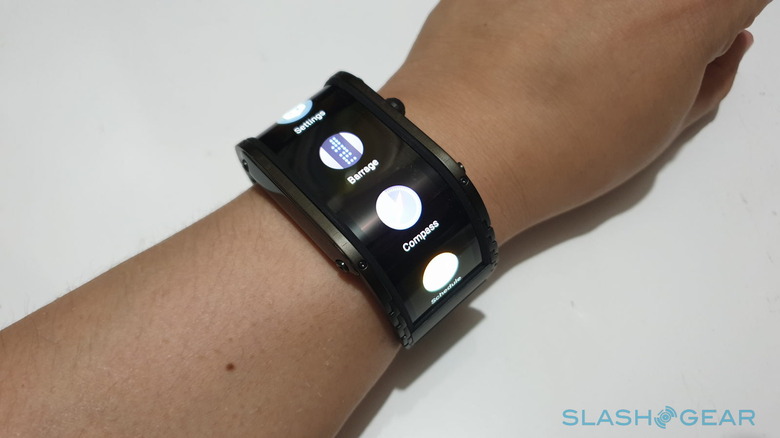
That aside, the screen is actually gorgeous. Its maximum brightness is easily visible under a bright afternoon sky and the colors really pop out. The novelty of seeing a curved screen on your wrist doesn't grow old that quickly, even if the practicality of that design still leaves a lot of questions open. The downside is that you can only appreciate this if the screen is turned on, of course, and it is admittedly tempting to leave it that way and only manually turn it off with a pinch gesture when you do want to save some battery.
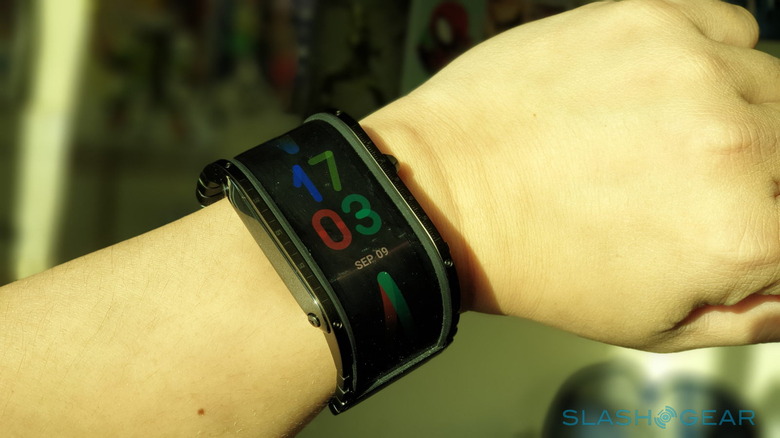
Software
The Nubia Watch is great to look at but is it actually a useful smart companion? Given the big disclaimer at the beginning, the answer is one solid "Not Yet". Don't get me wrong, it has the basics, from activity tracking to heart rate monitoring to displaying notifications. But that makes it more of a hybrid digital watch rather than a smartwatch and it leaves much to be desired in the "smart" department in the current state.
On the one hand, part of the problem lies in the Nubia Wear app, or at least the international version of the app. Again, Nubia says it isn't yet the final version but it should probably have a long list of things to fix. Pairing the watch with a phone is actually dead simple. Simply download the app, open it up, and scan the QR code displayed on the Nubia Watch. The app is pretty bare, showing a dashboard of your stats when you launch it and a list of settings to sync data between smartphone and smartwatch.
Unfortunately, practically none of these work other than setting which apps can send navigation to your phone. None of syncing contacts and calendar appointments, music or photos, or even the whimsical Marquee work, making their functionality on the smartwatch itself practically useless. It seems that sync functionality has to be enabled server-side on a per-market basis, which is a weird and honestly worrying arrangement.
On the Nubia Watch itself, the apps are pretty bare, especially when things like Music, Schedule, and Messages are barely functional because of the above problem. You can make calls but you'll have to key in the number manually. The Marquee, amusingly labeled "Barrage" on the watch, lets you choose only pre-installed animated "wallpapers". The company says that more apps will be added, especially social media apps, later on. As it stands, however, backers may be a little bit worried about what is currently available right now. Luckily, shipping isn't until next month.
Usability
The biggest question, even without the software concern, is whether such a flexible smartwatch is even practical and usable in the first place. The smartwatch may have a taller display to display more content but our eyes can really only seem up to a certain angle before the information falls off from view. The answer, unfortunately, isn't that easy and largely depends on what's coming next.
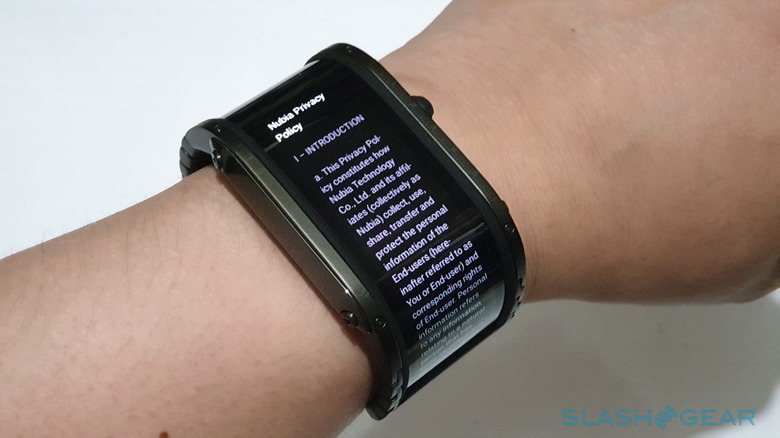
There is actually a lot you can see from your peripheral vision and the taller screen, whether flexible for ergonomics or not, can mean you'll actually scroll or tap less compared to a traditional square or, worse, circular display. The edges can also be used to house less important objects or offer helpful visual cues. They can even be used to display some information depending on the orientation of the users' wrist so that they won't have to twist their wrists that much.
That, however, will largely depend on how much work Nubia is willing to put into refining its own UI, let alone what other third-party apps it might add later on. It can also depend on whether Nubia will open the watch up to third-party developers to help take advantage of the innovative but otherwise underutilized screen.
Wrap-up: Managing Expectations
The Nubia Watch is definitely a head-turner, just remember to have the screen almost always on. The hardware is decent by the unfortunate standards of smartwatches these days and the screen is stunningly beautiful, like a fragile snowflake. But are those enough to sink in $199 in an Early Bird Kickstarter perk, let alone the full $400 when it goes on sale?
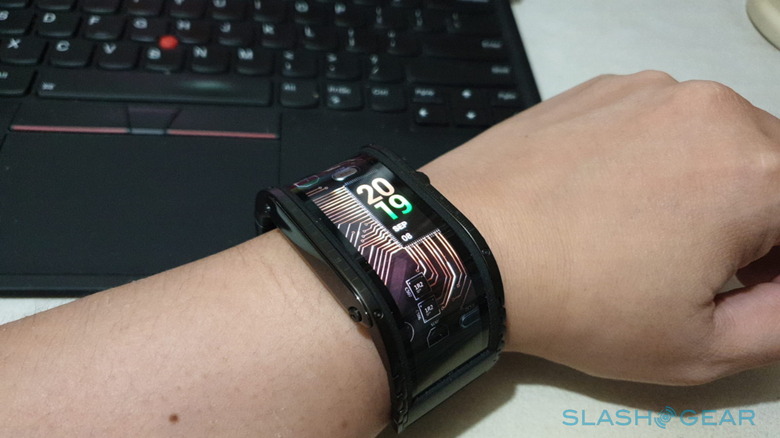
That is, in all honesty, a difficult answer to give right now, especially without a crystal ball to discern the future. At it stands right now, the Nubia Watch is nothing more than a hybrid watch with a flexible display, a novelty that only collectors will try to grab without question. If Nubia makes good on its promise, however, and pulls it off well, then we could be looking at one of the most innovative smartwatches of the year. We'll reserve our final judgment and score until then.

